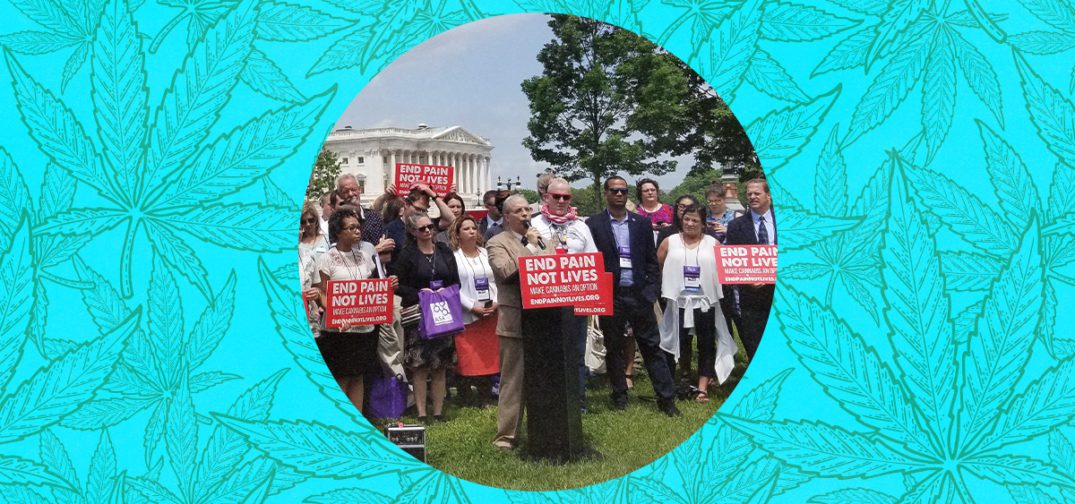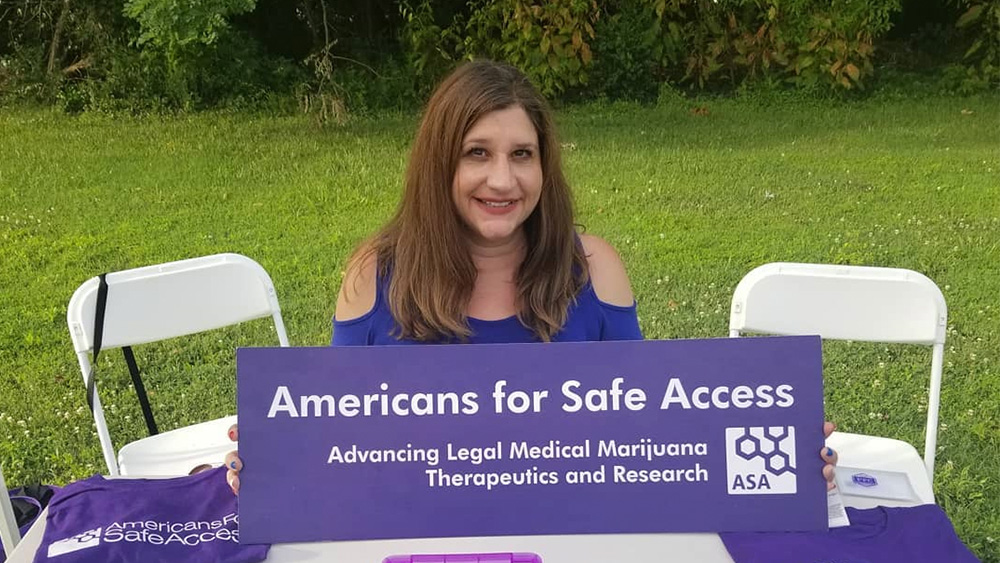There are currently 38 states in the US with THC-inclusive medical cannabis programs and only a handful of states where patients have no access to medical cannabis products. But when Steph Sherer founded Americans for Safe Access (ASA) in 2002, only eight states had medical cannabis programs and their primary focus was to provide patients with legal and safe access to cannabis medicine.
There were only a few cannabis dispensaries in San Francisco at the time of ASA’s founding, and most operations were not fully compliant. ASA spent its resources helping cannabis businesses meet compliance and, in turn, helped patients secure safe access to cannabis medicine produced in a compliant supply chain. Resources also went to protecting dispensaries in the event of a raid, as ASA’s founding pre-dates the Cole Memo.
Twenty years later, ASA is still dedicated to leaving no patient behind but their action points have changed. Ganjapreneur interviewed Debbie Churgai, the Executive Director of ASA, who let us in on what they’re doing now: “We started out with just trying to protect the industry, trying to protect patients, and trying to make it legal. And now, twenty years later, we have about 48 states with some form of medical cannabis but 11 of those states are just CBD which we don’t really consider an actual program. But because a lot of states are finally coming aboard and because there are protections now for businesses, we’ve shifted our priorities towards making sure that all patients everywhere have equal access to medical cannabis.”
In February, ASA released its annual State of the States report which uses a grading rubric to assess each state’s cannabis program from a patient perspective. The report covered categories like barriers to access, civil protections, affordability of cannabis medicine, social equity, and product safety, among other key issues. This year the highest grade was 76% with a state average of 44%, highlighting that the legislation doesn’t always serve patients despite the strides made in adult-use legalization and regulation. The problem is complex and each state has different weak points and strong points. Some states restrict how much medicine can be purchased, some restrict which conditions can qualify for a recommendation, and almost every state has an issue with affordability.
There isn’t a single solution that can be applied to each state but in 2020, ASA launched the No Patient Left Behind campaign, which works to ensure that patients have access to cannabis medicine across the country despite the complexities of their market. Affordability has become an issue for patients in every state because health insurance doesn’t cover medical cannabis. Patients often have to pay for their medical card themselves, the doctor visit to get the recommendation for that card, and the cost of taxed medicine, which can total a lot of money. In Arizona for example, applying for your medical card with the state Department of Health Services costs $150 plus a doctor’s recommendation, and the price often doubles with the visit to the recommending physician or naturopath. Because of this cost, many patients filter into their states’ adult-use markets where they often have to find new products and reconfigure their treatment plans with little to no personalized guidance.
“We believe that these should be two different markets,” said Churgai. “Patients should have priorities, especially priorities for products they need. Unfortunately, what we’re finding in certain states when the adult-use market comes in is that patients are having a hard time finding the products that they need or their products are getting switched out for products the adult-use market utilizes more.” And although this is a problem, it is also a testament to the efficacy of cannabis medicine: “The fact that patients are paying for this (medical cannabis) out of pocket just shows how much they need it,” she said. “If it was not helping them they would not be paying money to be a patient, so it is really important.”
With No Patient Left Behind, ASA identified the people with restricted or limited access to cannabis medicine like federal employees, veterans who utilize VA services, patients who travel across state lines, people living in poverty, patients in treatment or hospice centers, people on the organ transplant lists in some states, and more, and they present action points that would extend patient access in these areas beginning with the No Patient Left Behind pledge. Following the pledge, prompts provide everything needed to write and call politicians who have the power to alleviate these pain points for patients.
People in the industry tend to get immersed in the day-to-day, often losing sight of the people left to fend for themselves in prohibition states, while ASA faces its issues as adult-use markets capture the attention of cannabis businesses. This has led to a decrease in support for cannabis patient advocacy organizations like ASA but Churgai hopes to bring more awareness to the issues at hand, like those presented in the No Patient Left Behind campaign. “People just don’t think about them and that’s why we named it No Patient Left Behind. As more and more people get access, they are so excited that they kind of forget that there are people struggling in other states and in other areas of their own state that don’t have access.”
In most states where cannabis is now legal, the first fight for legalization stemmed from the voices of medical cannabis patients. Now, as legalization is sweeping the nation, patients are being left behind to wade through complicated regulations and ever-changing dispensary menus to find products similar to those they bought in the medical market. Creating an affordable market, removing barriers for patients without explicit legislative protections, and an expansive extension of safe access to medical cannabis remains at the core of ASA’s mission. If you’d like to get involved, Take the Pledge to leave no patient behind, find patient resources, and/or support Americans for Safe Access, visit safeaccessnow.org.
End

